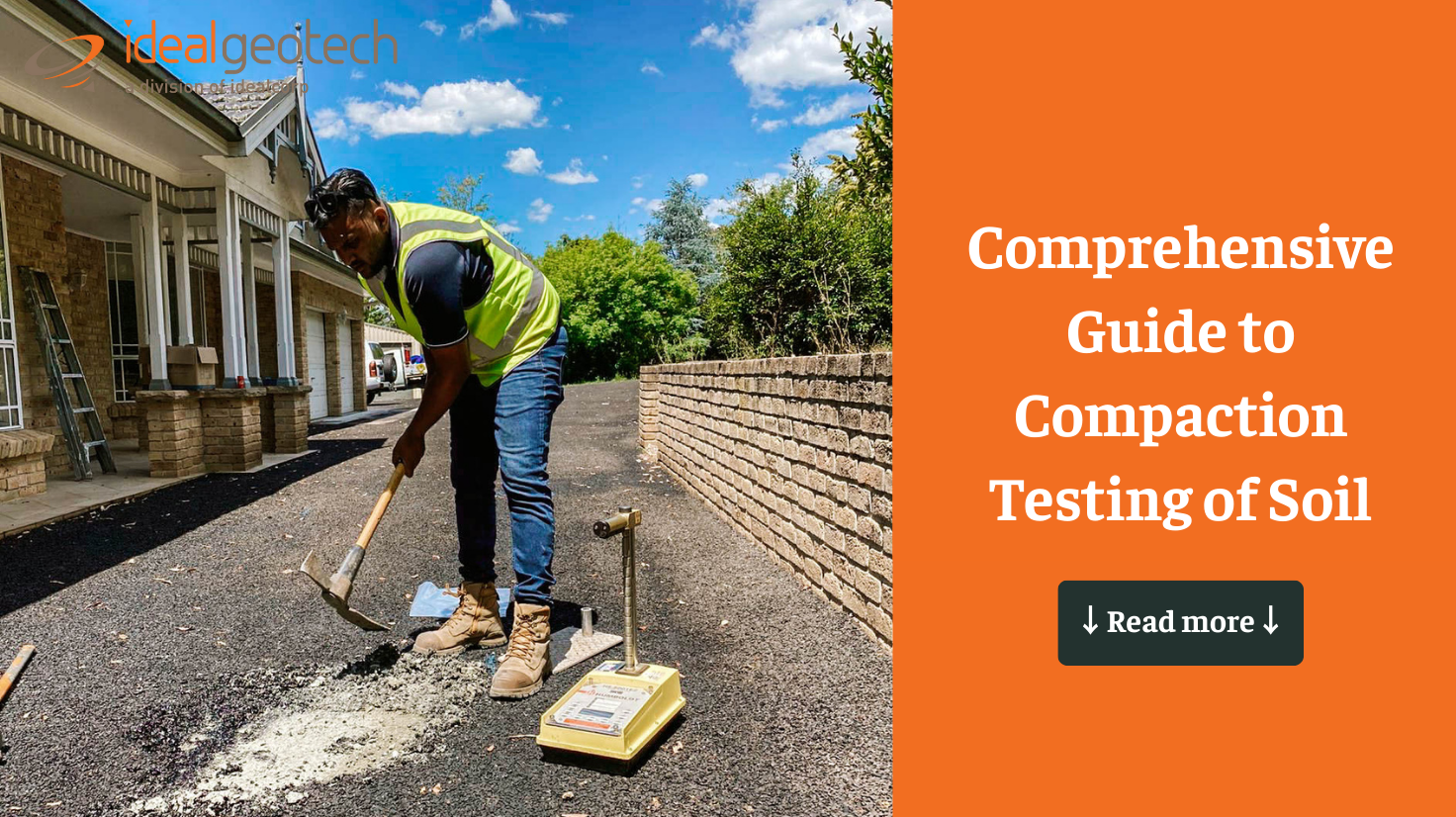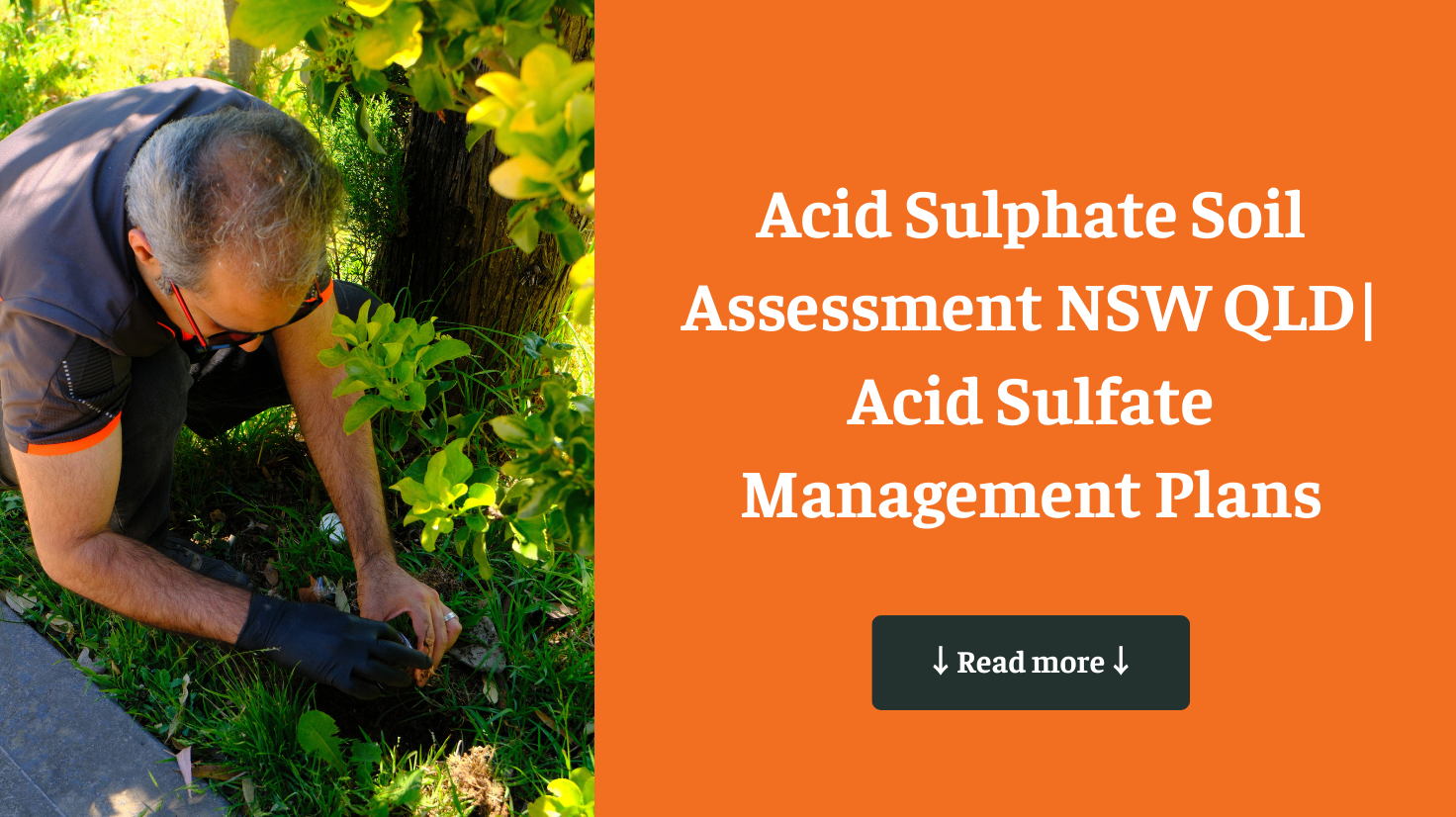Compaction testing is a critical aspect of construction, ensuring that the soil beneath structures has the necessary density and strength to provide a stable foundation. Properly compacted soil minimizes the risk of settlement, erosion, and structural failure, thereby enhancing the durability and safety of construction projects. In this guide, we’ll explore the importance of compaction testing, its various applications, key concepts, and the methods used to achieve optimal results.
1. Importance of Compaction Testing
a. Safety and Stability: The primary purpose of compaction testing is to ensure that soil can adequately support the weight of structures without excessive settlement or shifting. Properly compacted soil reduces the risk of structural issues such as foundation cracks, tilting, or even collapse, which can occur if the underlying soil is not stable.
b. Longevity: Compacted soil provides a solid base that helps prevent long-term problems like cracking, uneven surfaces, and premature wear. By ensuring that the soil is properly compacted during the construction phase, you can significantly extend the lifespan of the structure and reduce the likelihood of costly repairs down the line.
c. Cost Efficiency: Addressing soil compaction issues before construction begins can prevent expensive repairs and maintenance. By identifying and rectifying potential problems early, compaction testing helps avoid the costs associated with structural failures, such as foundation repairs or even the need to rebuild sections of a project.
2. Applications of Compaction Testing
Compaction testing is used in a variety of construction projects to ensure the stability and strength of the soil:
a. Road Construction: In road construction, compaction testing ensures that pavements have a solid foundation, preventing issues such as rutting, cracking, and potholing. Properly compacted subgrades and base courses are essential for the long-term durability of roadways.
b. Building Foundations: For residential, commercial, and industrial buildings, compaction testing is crucial to provide a stable base that can support the structure’s weight. This is especially important for multi-story buildings or those constructed on challenging soil types.
c. Dams and Embankments: In the construction of dams, embankments, and levees, compaction testing ensures that the soil is dense enough to prevent seepage, erosion, and potential collapse. This is critical for maintaining the integrity and safety of these structures, which often support large bodies of water.
d. Landscaping and Grading Projects: Compaction testing is also important in landscaping and grading projects to prepare the soil for landscaping features, driveways, and retaining walls. Proper compaction prevents erosion, uneven settling, and ensures that landscaping elements remain stable over time.
3. Key Concepts in Compaction Testing
Understanding the key concepts in compaction testing is essential for achieving optimal soil density and strength:
a. Compaction is the process of increasing the density of soil by removing air pockets and rearranging soil particles using mechanical means, such as rollers, compactors, or rammers. Proper compaction increases the load-bearing capacity of the soil.
b. Dry Density refers to the mass of soil particles per unit volume, excluding pore spaces. It is a critical parameter in compaction testing as it indicates the degree of compaction achieved.
c. Moisture Content the percentage of water present in the soil, which significantly affects its compaction behavior. The right moisture content is necessary to achieve maximum soil density, as it facilitates the movement and rearrangement of soil particles during compaction.
d. Optimum Moisture Content (OMC) OMC is the moisture level at which soil can be compacted to its maximum dry density. If the moisture content is too low, the soil may not compact effectively; if it is too high, the soil may become overly saturated, leading to poor compaction results.
e. Maximum Dry Density (MDD) is the highest density that soil can achieve under specific compaction efforts. It is determined through standardized compaction tests and is used as a benchmark to assess the effectiveness of the compaction process in the field.
4. Methods of Compaction Testing
Several methods are used to evaluate soil compaction, each suited to different conditions and project requirements:
a. Proctor Compaction Tests:
- Standard Proctor Test: This laboratory test determines the relationship between moisture content and dry density for a specific compaction effort. It involves compacting soil samples in a mold at varying moisture levels and measuring the resulting dry density.
- Modified Proctor Test: Similar to the Standard Proctor Test, but with a higher compaction effort to simulate conditions encountered in heavy-duty construction projects, such as highways and airfields. The Modified Proctor Test is often used when higher compaction requirements are specified.
b. Field Density Tests:
- Sand Cone Method: Uses a sand cone apparatus to determine in-place soil density.
- Nuclear Density Gauge: Quickly and accurately measures soil density and moisture content using radioactive isotopes.
- Rubber Balloon Method: Measures soil volume displacement using a water-filled rubber balloon.
- Plate Load Test: Evaluates the load-bearing capacity and settlement characteristics of soil by applying loads to a steel plate on the soil surface.
- California Bearing Ratio (CBR) Test: Assesses subgrade soil strength by measuring its resistance to penetration under controlled conditions.
5. Conducting Compaction Testing
Conducting compaction testing involves several critical steps to ensure accurate and reliable results:
a. Soil Sample Collection: Collect representative soil samples from various locations on the construction site. Ensure that the samples are handled and stored properly to prevent changes in moisture content or contamination.
b. Moisture Content Determination: Measure the moisture content of the soil samples using standard laboratory methods. This step is crucial for determining the OMC and for interpreting compaction test results.
c. Layered Compaction: Compact the soil in layers using the chosen method (e.g., Proctor Test, Field Density Test). Layered compaction ensures uniform density and strength throughout the soil, reducing the risk of weak spots or differential settlement.
d. Density Measurement: Measure the density of the compacted soil using the appropriate field or laboratory tests. Compare the measured density with the MDD to assess the effectiveness of the compaction process.
e. Comparison with Specifications: Compare the test results with the project specifications and regulatory requirements to ensure compliance. If the soil does not meet the required standards, rework may be necessary to achieve the desired compaction.
6. Conclusion
Compaction testing is vital for construction, ensuring stability, safety, and longevity. Properly compacted soil provides a solid foundation, reducing future issues and optimizing costs. Understanding these concepts helps ensure your project is built on firm ground, avoiding complications and maximizing efficiency.
For expert compaction testing, trust Ideal Geotech. Our experienced professionals use the latest techniques to ensure your soil meets all necessary standards. Contact us today to schedule your compaction testing and ensure the success of your construction project.
Order Our Geotechnical Services Now







